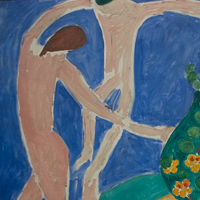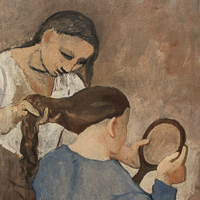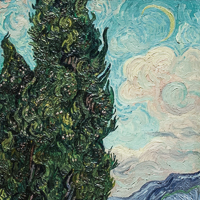
About the Collection
The Met splits its massive collection of European paintings with the year 1800. This conveniently round number is not arbitrary: the Renaissance had run its course, old masters had perfected classical styles, the invention of photography was a generation away and Europe was undergoing technological, social, philosophical and economic revolutions. Art changed with the times began exploring new techniques and ideas. The post-1800 gallery displays the results of these experiments with representative works from all of the great European artists of the 19th century and the related movements: Impressionism, Neoclassicism, Realism, Romanticism as well as the seeds of styles that would define the 20th century. An entire day is not enough to explore this vast collection.

What You Will See
The collection covers only 120 years of art, but so many prolific and influential artists contributed that a chronological, thematic or stylistic approach to the collection would be impossible. Instead, the Met simply curates the collection by artist. Each room in the gallery hosts works by one or two artists. All the giants are here: van Gogh, Picasso, Monet, Rodin, Renoir, Degas and almost everyone else you can name. It is impossible to select a single work or artist the cannot be missed--it is a collection of masters and masterpieces. A gallery map is helpful if have favorites, but wandering through the 30 rooms and the serendipity of discovery is much more rewarding.

Why You Should Go
No one dislikes this collection. Modern may be too weird for some. Medieval may be too drab for others. Classical portraits may be too academic for many. Roman or Asian or Egyptian art may just look like a lot of pots and vases. But everyone likes this: interesting subjects painted in interesting ways by interesting personalities living in interesting times. The works are Impressionistic but not abstract, realistic but not photographic, *art for the sake of art* and not just repetition of the same religious scenes or endless portraits of forgotten nobility. If you somehow find yourself uninspired or bored with other parts of the museum, this is the place for you.




